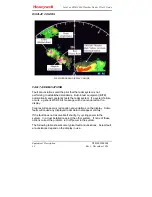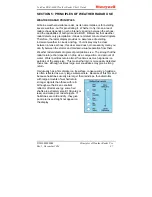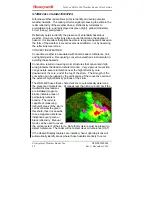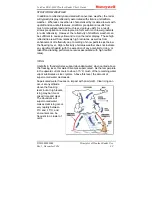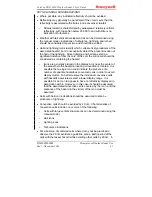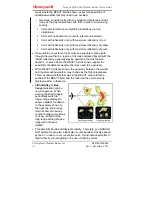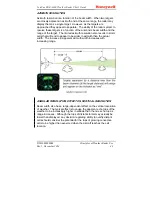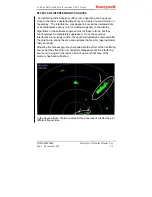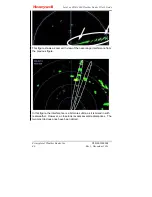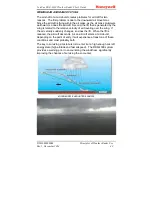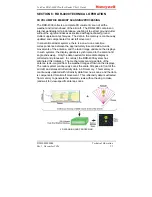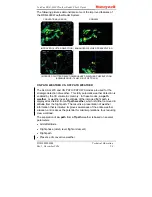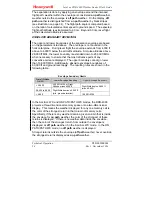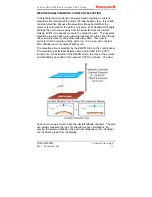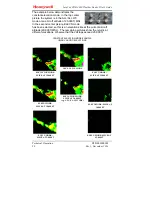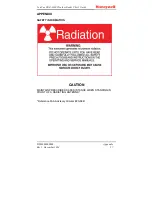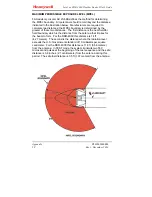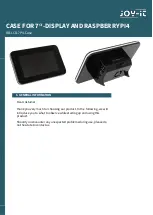
IntuVue RDR-4000 Weather Radar Pilot's Guide
Principles of Weather Radar Use
D201002000008
48
Rev 1, December 2014
RADAR WINDSHEAR DETECTION
During both takeoff and landing, microbursts have been the cause of
numerous transport aircraft accidents.
WINDSHEAR/MICROBURST DESCRIPTION
A microburst is a cool shaft of air, like a cylinder, between ½ and 1½ nm
across that is moving downward. When it encounters the ground, the
air mass mushrooms in a horizontal direction curling inward at its edges.
The downward air velocities associated with these narrow air shafts
range from 20 to 40 knots.
Two types of microbursts exist; wet and dry. In a wet microburst, rain
droplets within the airshaft fall largely intact all the way to the earth’s
surface. This type of event is typical of humid areas like the southeast
United States. A dry microburst may contain virga, or rain that exits
from the cloud base, but mostly evaporates before reaching the ground.
Virga occurs in high-based rainstorms found in places like the high
plains and western United States. Regardless of whether the
microburst is wet or dry, the airshaft’s wind characteristics are identical.
When the downward moving airflow becomes a horizontal flow at the
base of the airshaft, the outflow winds have front-to-back velocities
ranging from 20 to 80 knots.
WINDSHEAR/MICROBURST DETECTION PROCESS
When the airshaft of a microburst encounters the ground, it mushrooms
outward. By measuring the horizontal velocity of the associated water
droplets, the RDR-4000 is able to infer the horizontal and vertical
velocity of the winds carrying the raindrops.
The radar processor detects the Doppler frequency shift imparted onto
the reflected microwave pulses by a microburst. As the radar scans
across the windshear event, it will detect raindrops moving toward it at
one range and away from it at a slightly greater range.
The difference in range between the raindrops moving toward and away
is the width of the base of the microburst. After the radar detects this
condition, it then assesses the severity of the event by measuring how
fast the droplets are moving. If the assessment of the severity of the
micro-burst exceeds a preset threshold value, a windshear alert is
issued on the radar display and through the flight deck audio system.
The RDR-4000 has the ability to detect the presence of microbursts up
to 5 nm ahead of the aircraft when below 1,800 ft AGL.
Содержание IntuVue RDR-4000
Страница 8: ...IntuVue RDR 4000 Weather Radar Pilot s Guide Introduction D201002000008 4 Rev 1 December 2014 ...
Страница 40: ...IntuVue RDR 4000 Weather Radar Pilot s Guide Equipment Description D201002000008 36 Rev 1 December 2014 ...
Страница 54: ...IntuVue RDR 4000 Weather Radar Pilot s Guide Technical Operation D201002000008 50 Rev 1 December 2014 ...
Страница 63: ......

